Australians love chocolate, especially at Easter. But is it good for us and is it good for our dogs?
Almost everyone is mad about chocolate and not just at Easter. Ahead of the annual chocolate feast, we set out to answer some of the most asked questions about this special treat
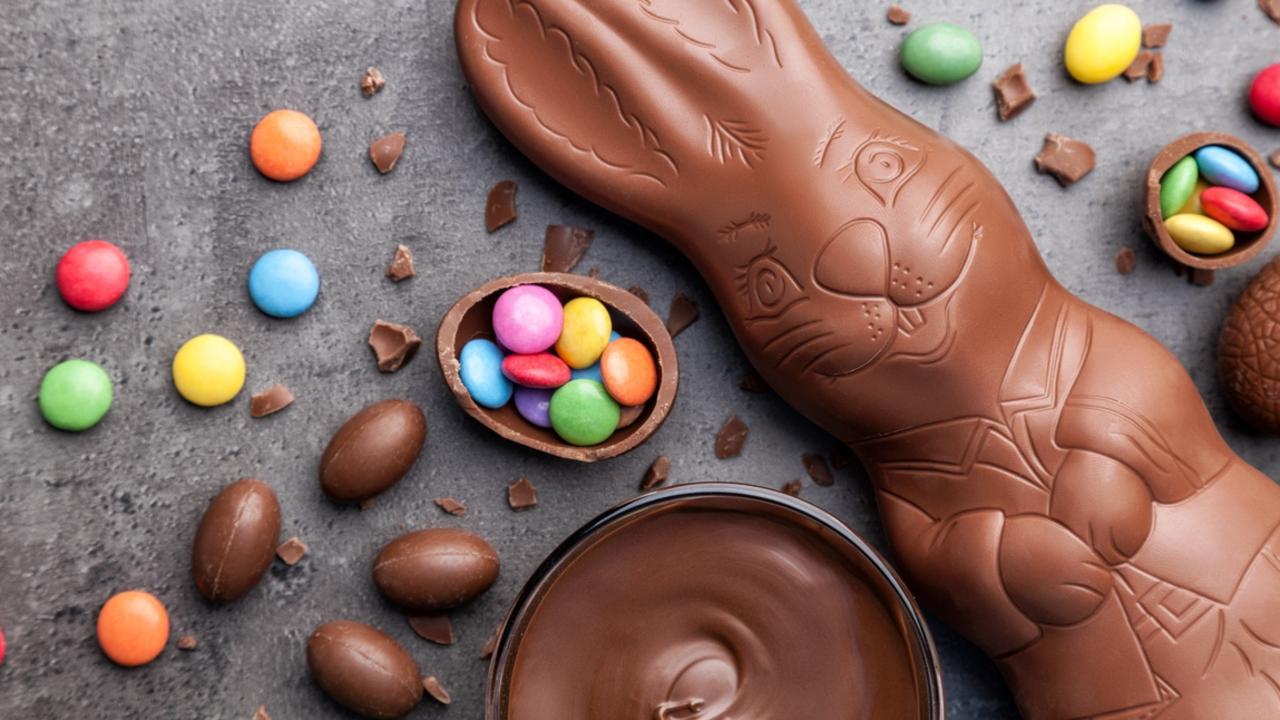
READING LEVEL: ORANGE
Almost everyone is absolutely mad about chocolate. We each eat kilograms of it every year and heaps around Easter. But we rarely stop to think about what it is we’re eating, where it comes from and why it’s so delicious and addictive.
Ahead of the annual Easter chocolate feast, we set out to answer some of the biggest questions about chocolate.
WHAT IS CHOCOLATE?
The main ingredients of chocolate come from the cacao plant, Theobroma cacao. Theombroma comes from the Greek phrase meaning food of the gods.
The plants grow in tropical regions. Inside a pod about the size of a small football are cacao beans.
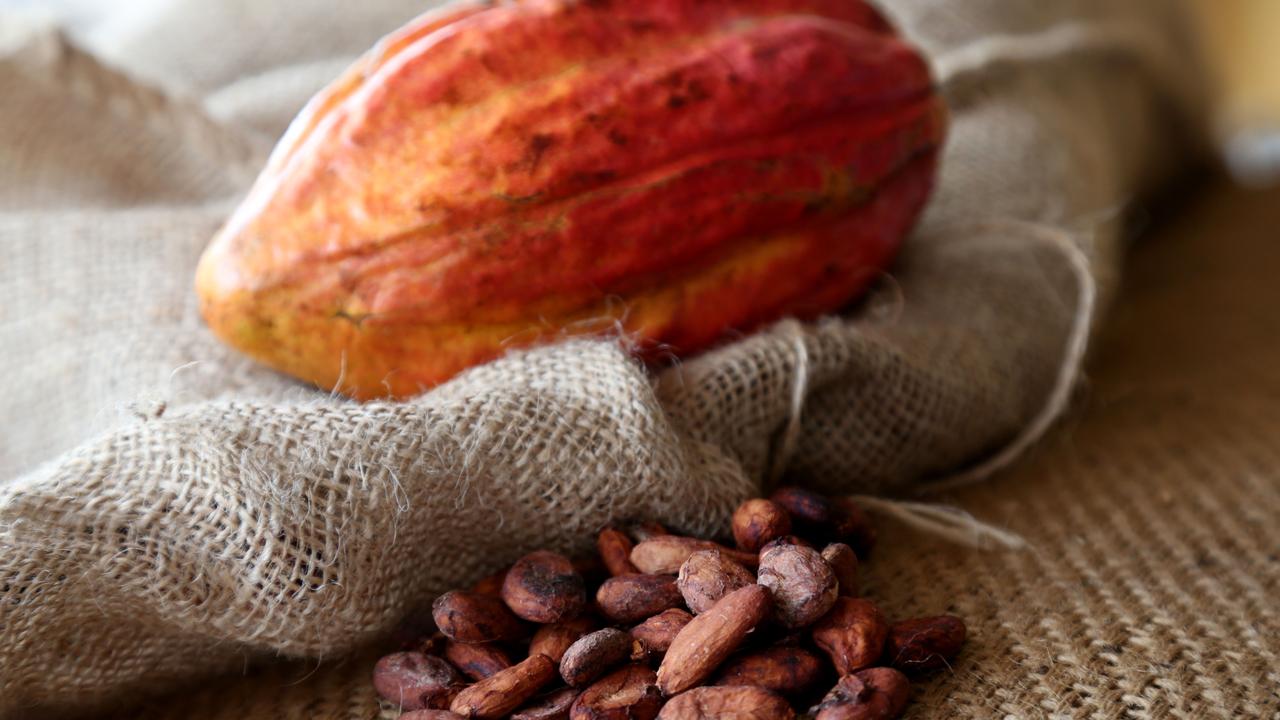
The University of Melbourne’s Mr Mick Moylan said chemical reactions are a big part of the process of turning cacao into chocolate.
“After the pods are cracked open, wild yeast and bacteria ferment* the cacao pulp surrounding the beans,” said Mr Moylan.
“The reactions are similar to those in brewing (beer and cider) and yoghurt making. Ethanol, acetic acid (also found in vinegar) and lactic acid (also in yoghurt and sore muscles) are produced and seep into the beans, developing the chocolate flavours.”

The beans are then roasted, which makes another chemical reaction happen, called the Maillard reaction. This reaction is also behind the strong, lovely smells of bread toasting, steak cooking and coffee beans roasting.
“After roasting, the cocoa beans are ground, shelled and pulverised*. It can then be separated into cocoa butter and the cocoa powder, or ground further into chocolate,” said Mr Moylan, who presents a chocolate workshop at Melbourne’s Victoria Market each year during National Science Week.
The grinding process breaks up the beans so finely that we can’t feel any grittiness with our tongues.
VIDEO: Chocolate is a delicate product, so it’s worth learning how to take good care of it
IS WHITE CHOCOLATE REALLY CHOCOLATE?
That depends.
If you are eating quality white chocolate, it will contain cocoa butter, which comes from the fatty lining of the cacao bean. But most of the stuff we call white chocolate has no cocoa butter in it, so it’s not really chocolate.
WHAT MAKES THE WHITE COATING ON OLD CHOCOLATE?
It’s the cocoa butter separating from the rest of the chocolate mixture.
Chocolate is made up of fatty substances (either cocoa butter or milk fat) and non-fatty substances (cocoa powder and sugar). Like oil and water, they don’t mix easily. To help fix this problem, the chocolate makers add a fat called lecithin that helps keep everything together.
They also temper the chocolate.
“Tempering arranges the fat molecules in a way that creates chocolate that is delicious, hard and glossy,” said Mr Moylan.
“For example, dark chocolate is held at 29-30C for around five minutes, then heated to 31-32C, then cooled and set.”
Unfortunately, when chocolate melts and hardens again, the special way the fat molecules are arranged breaks down. The fat rises to the surface of the chocolate, like oil above water, and creates a white coating, called a fat bloom.
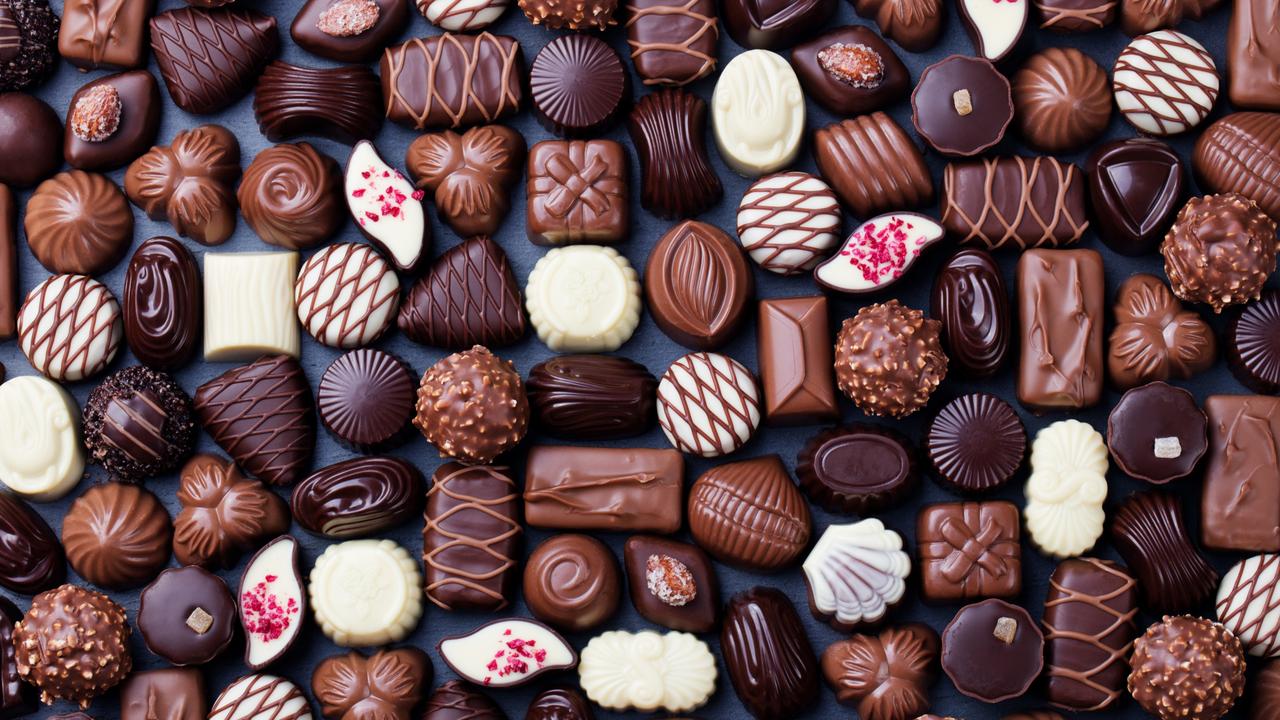
WHY DOESN’T CHEAP CHOCOLATE TASTE GREAT?
How it is made and what it is made of determine whether chocolate is absolutely beautiful or just okay.
“Ingredients from the cacao plant are expensive, so substitutes are often used, like milk fat in place of cocoa butter, which melts at a higher temperature and so doesn’t taste as nice,” said Mr Moylan.
“If the ingredients aren’t ground for as long, they taste bitter and grainier, and not nearly as smooth. Tempering is also a factor. If the fat molecules aren’t arranged in the right way, the chocolate doesn’t melt in the same way, so it doesn’t taste as nice.”
IS CHOCOLATE REALLY THAT BAD FOR DOGS?
Yes.
Mr Moylan said that chocolate contains the stimulant* theobromine, which gives us a great feeling some people call a buzz, but sometimes causes dogs to have a heart attack.
So definitely no chocolate for Rover. Ever.
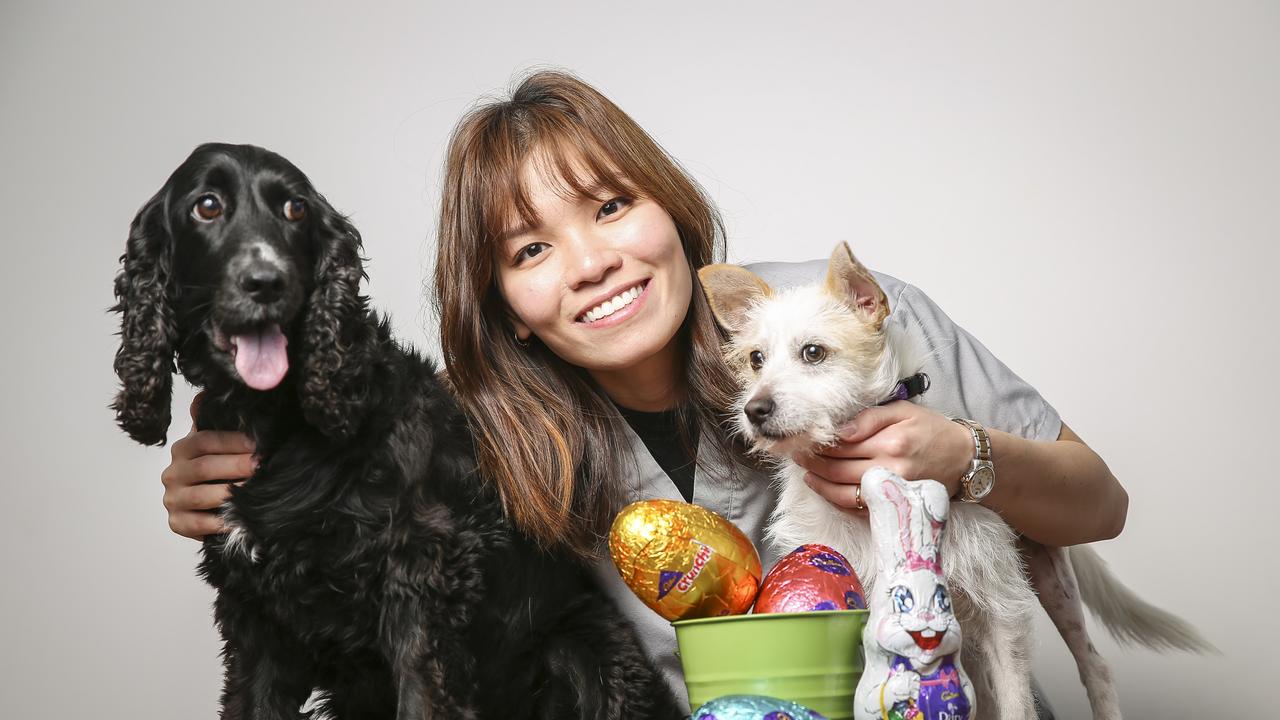
IS CHOCOLATE GOOD FOR US?
Yes and no.
Chocolate is one of the richest sources of antioxidants*, which are important to our health as they help keep the cells* in our body in good shape.
Regular chocolate contains sugar and sometimes heaps of it! Too much isn’t good for anyone’s health, though sometimes an energy boost from sugar can make you feel great for a little while.
Chocolate also contains caffeine. A 100g block of dark chocolate has about the same amount of caffeine as a cup of coffee. Caffeine can wake you up and make you feel great but it’s not a good idea if you have too much or you’re trying to go to sleep.
Don’t forget the feel-good factor of giving and receiving a gift of chocolate. Giving can help us feel kind, generous and loving. Receiving a gift of chocolate helps us feel loved or appreciated. Surely both mean some chocolate is good for us, sometimes!
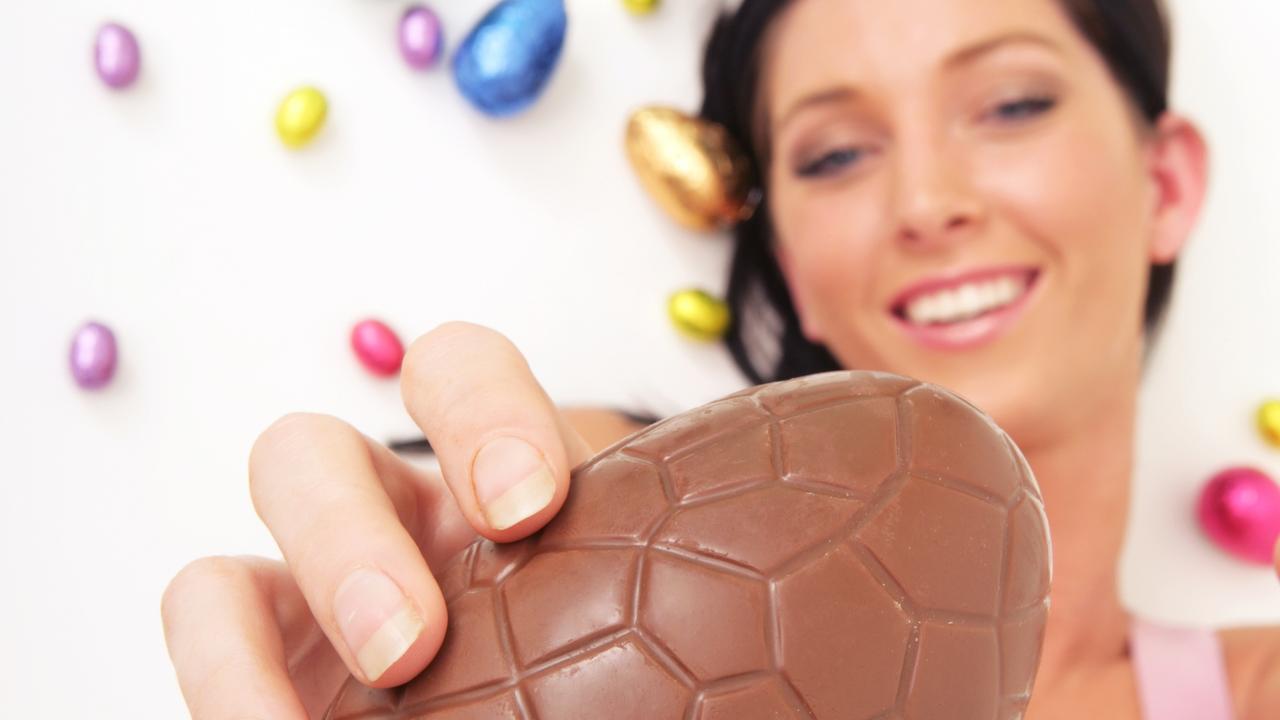
This is an edited version of a story first published in Pursuit and reproduced with permission.
www.pursuit.unimelb.edu.au
GLOSSARY
- ferment: a natural process in which bacteria or yeast uses up sugar
- pulverised: crushed into tiny pieces
- stimulant: something that makes you more awake or energetic
- antioxidants: a substance found in plants and animals that have a role in preventing disease
- cells: small units in plants and animals that are the building blocks of life
EXTRA READING
Is this the best job in the world?
World’s longest dragon lands in Australia
Damage soft drink can do to your body
QUICK QUIZ
- Give some examples of when you have experienced the Maillard reaction.
- What is sometimes used instead of cocoa butter in cheap chocolate?
- What is in chocolate that can give dogs a heart attack?
- What substance do chocolate and coffee both have in them?
- Define the word pulverise.
LISTEN TO THIS STORY
CLASSROOM ACTIVITIES
1. Process of Chocolate
A flow chart is a type of diagram, made of boxes, lines and arrows, that can be used to show a step-by-step list of directions, a process or the planned stages of a project.
Create your own flow chart to visually explain the process of how chocolate is made. Explain your flow chart to a friend.
Time: allow 20 minutes to complete this activity
Curriculum Links: English, Critical and Creative Thinking, Personal and Social
2. Extension
Design your own chocolate Easter egg. Write a list of ingredients and draw a picture of how it will look. Write a paragraph on why it’s the best Easter egg on the market this year.
Time: allow 25 minutes to complete this activity
Curriculum Links: Design and Technologies, Critical and Creative Thinking
VCOP ACTIVITY
Write 3 more questions for Mr Moylan that you would like answered about chocolate.
Then pick 3 facts from the article that you can use to convince someone that chocolate is worth eating or should be avoided.
HAVE YOUR SAY: Do you like chocolate? What is your favourite type? Why?
No one-word answers. Use full sentences to explain your thinking. No comments will be shown until approved by editors.

